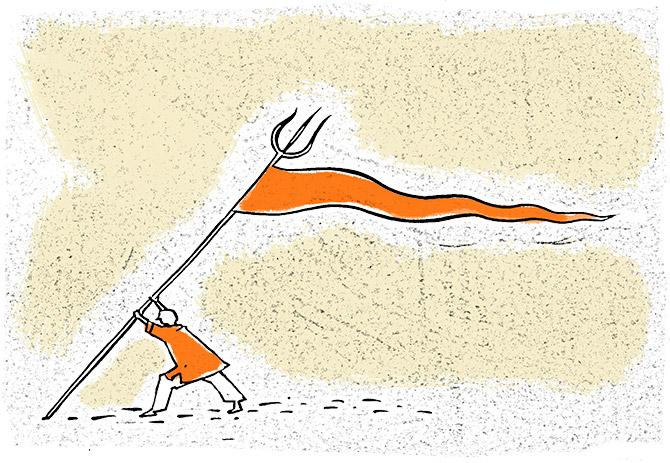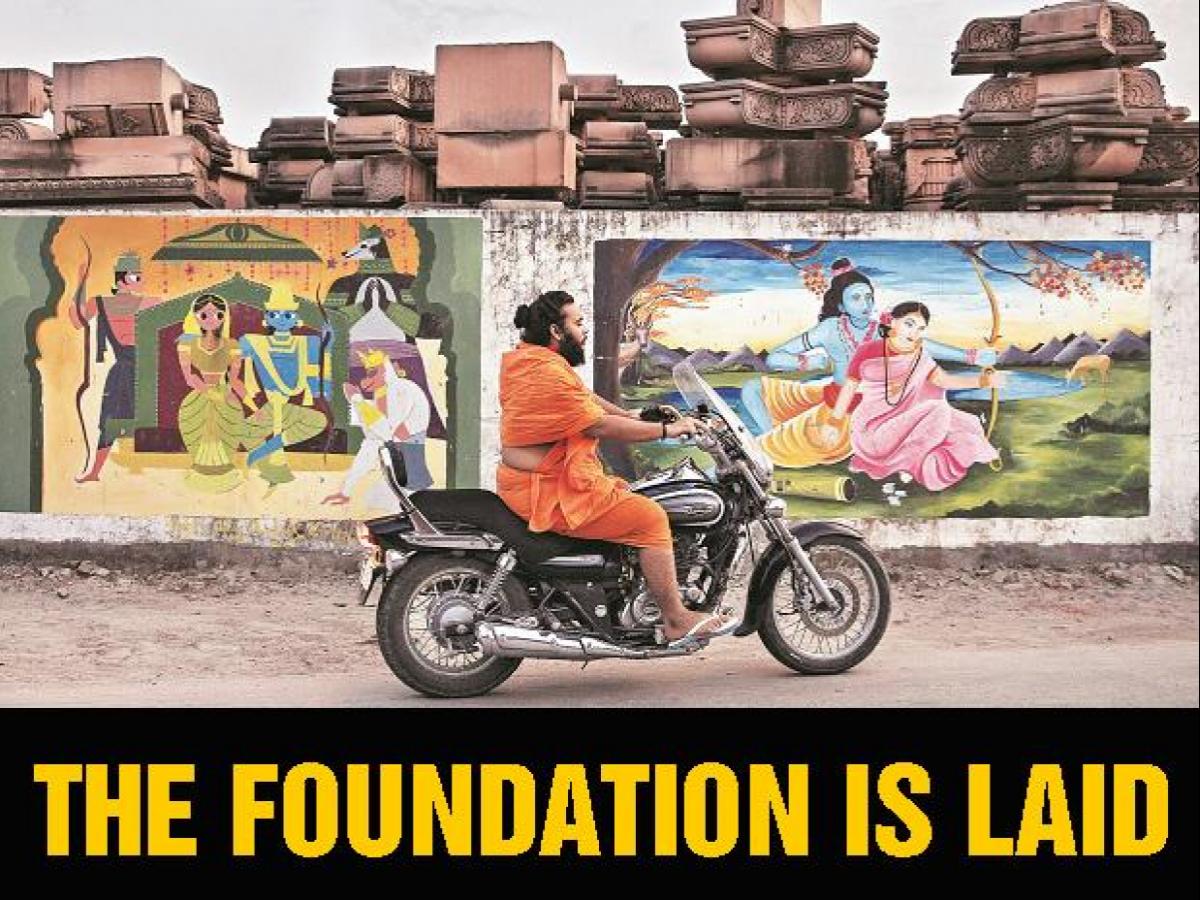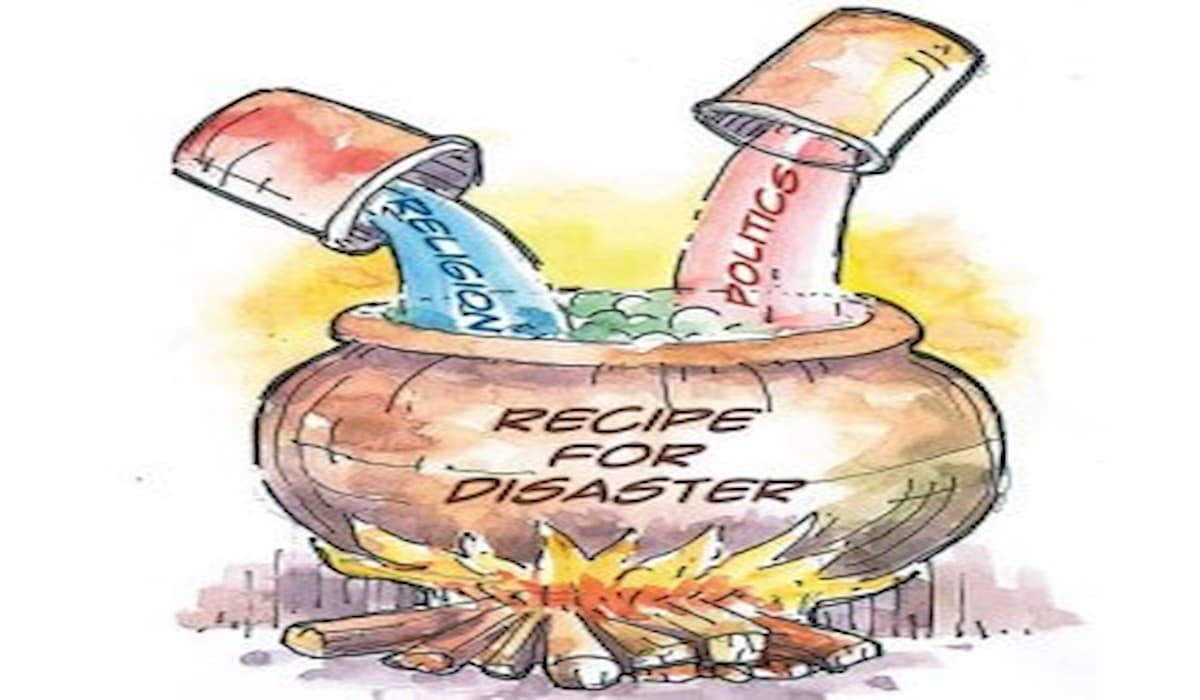In the name of Hindu Rashtra, what all costs Indians are paying: the worst religious intolerance

Hindu Rashtra: India’s history reeks of evidence and claims in opposition to what communism does to growth, and we just do not seem to learn. Before anybody comes up with how the ideology of creation of a Hindu Rashtra hasn’t explicitly been mentioned by the supreme leader or the ruling party, a look back at the ruling government’s actions would make it clear as to what we are referring to.
The pillars of India are said to be formed on the fundamentals of inclusivity, growth, and secularism– parameters which we seem to have long forgotten in our race of winning people over by dividing them. Divide and rule haven’t been that long of an incident for us, has it?
Hindu Rashtra

Nonetheless, the purpose of this article is not to debate if the ideology of the ruling government is inclined towards perseverance and dominance of Hindutva while eroding the secular roots of the country through dissent and oppression, it is to pick out shreds of evidence between the two paths to show how Hindutva, or any religious dominance for that matter, goes in opposite directions to economic growth and democracy– the two very spirits of India.
With the intent of movement towards a Hindu Rashtra shouting loud enough to deafen, India, with the advance of Narendra Modi-led NDA government has lost way too much- in terms of growth, reputation, and global position, as a matter of fact. With the worst religious intolerance seen in decades and the least growth prospects for an emerging country like India, the eventual losers in both the depressing scenarios have been the people of the country.

A religious democracy hampers the very essence of democracy for a religion deems fit to restrict, confine and control. Religions fix boundaries and when laws and actions are determined by those ideologies, they, in turn, come out to be exactly as restrictive. After all, the changing tolerance levels of the country did not come out of anywhere, no? Internet shutdowns, religious intolerance, imprisoning dissenters, objecting and disregarding opinions, and ignorance to premium issues and protestors– these factors define the Narendra Modi-led NDA government’s rule and there’s no denying that.
The Supreme Leader, particularly, has been the flag bearer of this change. Reigning as the propagandist of RSS before his term as the leader of the country speaks on behalf of his authoritarian and dictatorial actions. A democracy gives freedom and opinions, authoritarianism takes that away. Unsolicited reorganization of states, sedition charges, and anti-national tag impositions on activists and dissenters has just aggravated the party’s ideological impressions further.
The ruling party’s communalism, by definition, operates through attempts to construct religious or ethnic identity, incite strife between people identified as different communities, and stimulate communal violence between those groups. The COVID-19 led misinfodemic that created a wave of religious simulation in the country has been a result of the aforementioned phenomenon only. This has had economic as well as global impacts on the country.
The political instability and volatile environment of the country have significantly hampered the global image of the country, pushing down the foreign investment prospects of the country by a significant amount. One of the most important parameters defining ease of business and opportunities in a country is the nature of the political business environment, which in India has been severely volatile for quite some time.

Not only that, but the economic prospects of the country have also been fairly limited, with growth plunging in as low as it could. While the biggest problem with the NDA government’s economic strategy is that their outcomes are completely devoid of the basic understanding of the economic discipline, covering up and improper acknowledgments have been the causes of further aggravating the cause.
The political interference and a constricted sector of beneficiaries are deteriorating to the growth of the Indian economy and the common men have been the victims of it, with the unemployment rate in double digits and inflation soaring way too high.
A prospering economy is marked by innovation, research, and stability- the three fundamentals the Indian economy completely lacks at this point. The communalism ideologies of the ruling government have had a terrible impact on the innovation and research parameters of the country since the allocation of budgetary expenditure to the field has been fairly limited, in contradiction to what the experts have suggested all this while.

Religions bring confinement and limitation in activities and processes, it instructs what should or should not be done. This is why the governments with religious democracies and communalism ideologies pertain to these authoritarian patterns as opposed to the freedom, equality, and fraternity patterns of democracy.
It is not only damaging in global and economic terms, as mentioned above but also impedes the stoutness of the economy. The characteristics of fanaticism, xenophobia, nationalism, and constriction so evident in the current regime have been rooted because of the aim of the ruling party to create a Hindu Rashtra, something that India was never set out to be.
All of these points mentioned just point at how a Hindu Rashtra, at its core, would destroy the dream of India our forefathers had seen for us during the creation of this great country. Religion and growth do not go hand in hand and a developing nation needs to stay away from these restricting notions as much as possible.

The religious establishments seek to erode other opinions, schools of thought and walk on the path of majoritarian and dominant nature, which is exactly what Indians are trying to run away from, right now. When was the last time governments won the election through promises of religion and not economy?
The rich of the country is getting richer and economic favoritism of the ruling government along with their influence on political actions are evident from the way the country has emerged out of the pandemic in 2020 and is dealing with the crisis in 2021. The ideologies of a Hindu Rashtra are in contrast with the economic growth opportunities India has and no progress is possible if we continue to choose the former. The citizens have witnessed the impact of the religious divide once and what we’re seeing today is just a potential version of another such catastrophe. Let’s make a change before it gets too late.
Edited by Tanish Sachdev




